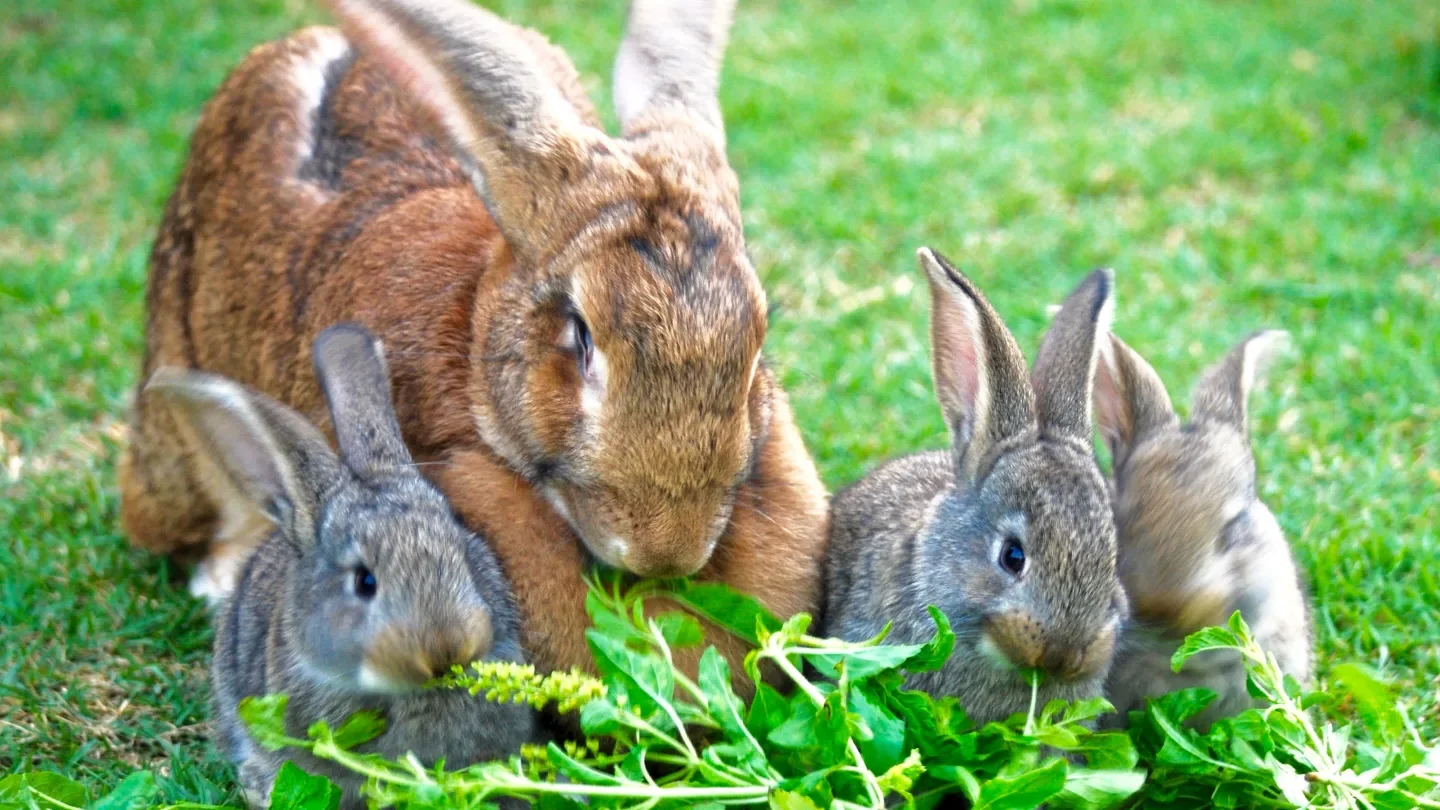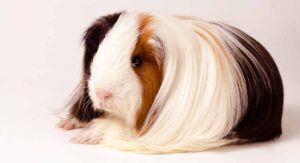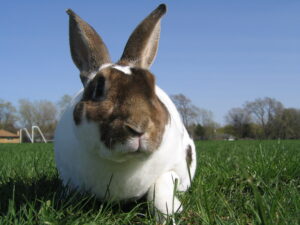
The History and Origins of Flemish Giant Rabbits
Contents
- 1 The Flemish giant rabbit is one of the biggest breeds of domestic rabbit.
- 2 The history of the Flemish giant rabbit began in the early 1900s.
- 3 In 1926, a Belgian breeder named Mr. Verstegen started a breeding program for the Flemish giant rabbit.
- 4 Initially, Mr. Verstegen selected large-sized rabbits with excellent lineage to produce more offspring with good genetics.
- 5 Breeding these rabbits over several generations led to the development of the modern Flemish Giant breed in 1939, which was officially recognized by the American Rabbit Breeders Association and other major associations around the world.
- 6 The history of the Flemish giant rabbit begins with a breeder’s desire to create an even larger domestic rabbit than already existed in his country
- 7 Conclusion
The Flemish giant rabbit is one of the biggest breeds of domestic rabbit. The history of the Flemish giant rabbit began in the early 1900s when a Belgian breeder named Mr. Verstegen started a breeding program for this type of animal. Initially, Mr. Verstegen selected large-sized rabbits with excellent lineage to produce more offspring with good genetics. Breeding these rabbits over several generations led to the development of the modern Flemish Giant breed in 1939, which was officially recognized by the American Rabbit Breeders Association and other major associations around the world.
The Flemish giant rabbit is one of the biggest breeds of domestic rabbit.
The Flemish giant rabbit is one of the biggest breeds of domestic rabbit. It can weigh up to 10 pounds, and it’s considered a giant breed. The average lifespan is about 6 years.
The Flemish giant rabbit was first bred in Belgium in the early 1900s by crossing large English Lops with smaller French Lops and Satins (a type of lop-eared rabbit). The intent was to create a meat animal that produces more offspring than other breeds due to its size but still retains many desirable qualities from its parents’ lineages (ease of care, docility).
The history of the Flemish giant rabbit began in the early 1900s.
The history of the Flemish giant rabbit began in the early 1900s. It was developed by a Belgian breeder named Mr. Verstegen and his wife, who started a breeding program for this new breed of rabbit.
In 1926, a Belgian breeder named Mr. Verstegen started a breeding program for the Flemish giant rabbit.
In 1926, a Belgian breeder named Mr. Verstegen started a breeding program for the Flemish giant rabbit. This breed of rabbit was developed in Belgium by crossing large Dutch rabbits with French Lops and Angoras. The goal was to create an animal with size similar to the larger breeds but with the personality traits of smaller animals.
Mr. Verstegen selected large-sized rabbits with excellent lineage to produce more offspring with good genetics
Initially, Mr. Verstegen selected large-sized rabbits with excellent lineage to produce more offspring with good genetics.
Initially, Mr. Verstegen selected large-sized rabbits with excellent lineage to produce more offspring with good genetics. He then bred these rabbits over several generations until he had produced a breed of rabbit that was unique in size and appearance.
Breeding these rabbits over several generations led to the development of the modern Flemish Giant breed in 1939, which was officially recognized by the American Rabbit Breeders Association and other major associations around the world.
Breeding these rabbits over several generations led to the development of the modern Flemish Giant breed in 1939, which was officially recognized by the American Rabbit Breeders Association and other major associations around the world.
Selective breeding is a process that involves choosing specific traits for an animal population and breeding them together repeatedly until you get offspring with those desired traits. This is how we developed many different breeds of dogs and cats from their wild ancestors, as well as how we created our own species (human).
The history of the Flemish giant rabbit begins with a breeder’s desire to create an even larger domestic rabbit than already existed in his country
The history of the Flemish giant rabbit begins with a breeder’s desire to create an even larger domestic rabbit than already existed in his country. The breed was developed by crossing large rabbits with good lineage, and it soon became very popular among other breeders. In fact, one of these first breeders even created his own show standard for this type of animal so they could compete against each other at shows.
Conclusion
The Flemish giant rabbit is one of the biggest breeds of domestic rabbit. The history of the Flemish giant rabbit begins with a breeder’s desire to create an even larger domestic rabbit than already existed in his country. Breeding these rabbits over several generations led to the development of the modern Flemish Giant breed in 1939, which was officially recognized by the American Rabbit Breeders Association and other major associations around the world.



Average Rating